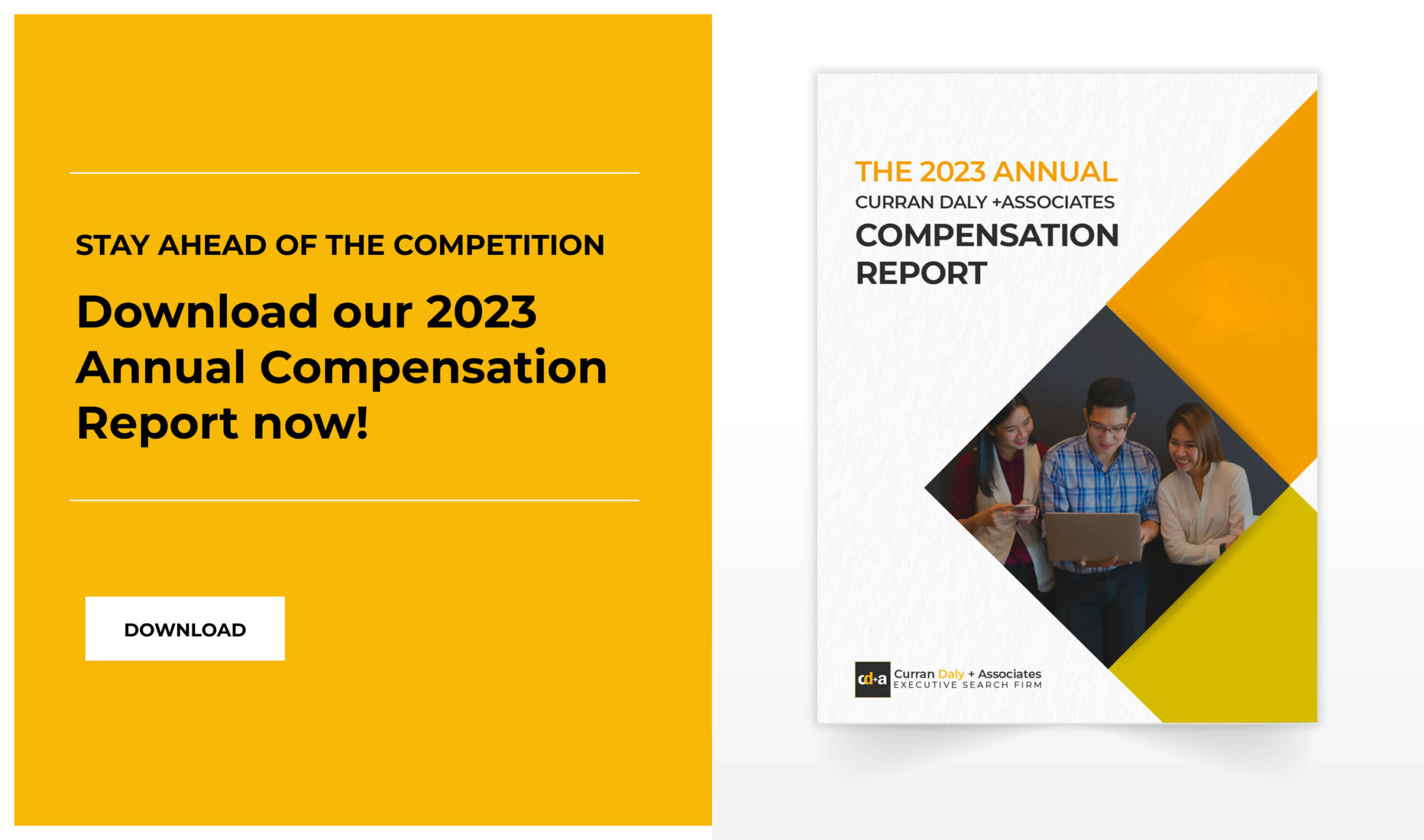In today’s modern world, as employees’ expectations evolve, new technologies are created and globalisation increases, the need for agility and adaptability is more important than ever. The changing landscape of business also means that the modern workplace will also change. In this week’s blog post we talk about some future trends that are already taking shape and how managers can prepare and respond to these changes accordingly.
The rise of the extended workforce
According to an Accenture Study (2014) over the next five years, companies will be increasingly composed of an ever-shifting global network of contractors, business partners and outsourcing providers.
“Increasingly organisations are retaining – in comparison to the past – a relatively small core of full time employees and looking to supplement that with specific skills on an as needed basis. Whether that’s through more formal outsourcing arrangements, through contingent workers or whether that’s through using external organisations, we are going to be seeing more of this,” says Industry analyst Brian Sommer, the founder of TechVentive.
Management Response:
Many organisations are already using HR analytics for workforce planning. To avoid coming skills shortages, organisation must expand their use of analytics such as gender and other diversity metrics, to further understand the make-up of recruits and provide matching incentives.
Technology advances radically changes the hiring scene
Developments in technology have also greatly assisted the process of locating and recruiting suitable employees. Job vacancies, which may previously have only been advertised in provincial newspapers or through the personal network of domestic recruitment agencies, are now disseminated far and wide through the Internet. Globally minded employees can identify opportunities abroad or in multinational companies based locally through a variety of online channels such as LinkedIn. Social media are already the preferred outlet for many jobseekers, especially in Asia.
Management Response:
Andrew Woolf, Accenture Australia’s Talent and Organisation Lead, says that organisations today must embrace the technology advances that are coming into their sphere. “If a business truly wants a workforce that is able to be very reactive to the needs of the business, then managers have to be proactive in terms of identifying candidates for roles well ahead of time”. What does the workforce plan look like 6, to 12, to 18 months ahead? Then organisations need to proactively getting on the front foot and developing talent pools in response to these forecasts.
The global talent map loses its borders, tapping into skills anytime, anywhere
Borders are no longer restrictive. Companies are not constrained by the physical boundaries of the countries where they are located and can now choose from the best talent available to build innovative and competitive global workforces. Workers are becoming better educated and more skilled globally, resulting in higher productivity. The number of educated workers is near parity between OECD and non-OECD countries, and individuals are migrating abroad in search of better opportunities and wages (SHRM, 2015).
Management Response:
With the mismatch between areas of supply and demand of jobs globally, managers need to adopt new recruitment and retainment strategies to effectively match talent with task across the world, they need to use their EQ and technology skills in able to work cross culturally.







0 Comments